In this article, we will take a look at the most important differences between Javascript vs Java programming languages.
1. Introduction
JavaScript was developed by Netscape. It was initially a scripting language for the client-side and later used as a language for both client-side and server-side scripting. Java was developed by James Gosling from Sun Microsystems. JavaScript is used in the server in the form of node.js these days.
You can also check this tutorial in the following video:
Table Of Contents
There are many differences between Java and JavaScript related to the way the programs are coded, compiled, and run. JavaScript was called Mocha first and then LiveScript. Now it is referred to as the current name. Java was called Oak and then Green.
2. JavaScript vs Java
2.1 Prerequisites
Java 8 is required on the Linux, windows, or Mac operating systems. Eclipse Oxygen can be used for this example. Node.js is bundled with Eclipse installation.
2.2 Download
You can download Java 8 from the Oracle web site. Eclipse Oxygen can be downloaded from the Eclipse web site. Node.js can be downloaded from this site.
2.3 Setup
2.3.1 Java Setup
Below is the setup commands required for the Java Environment.Setup
Setup
JAVA_HOME="/desktop/jdk1.8.0_73" export JAVA_HOME PATH=$JAVA_HOME/bin:$PATH export PATH
2.4 IDE
2.4.1 Eclipse Oxygen Setup
The ‘eclipse-java-oxygen-2-macosx-cocoa-x86_64.tar’ can be downloaded from the eclipse website. The tar file is opened by double click. The tar file is unzipped by using the archive utility. After unzipping, you will find the eclipse icon in the folder. You can move the eclipse icon from the folder to applications by dragging the icon.
2.5 Launching IDE
2.5.1 Eclipse Java
Eclipse has features related to language support, customization, and extension. You can click on the eclipse icon to launch an eclipse. The eclipse screen pops up as shown in the screenshot below:
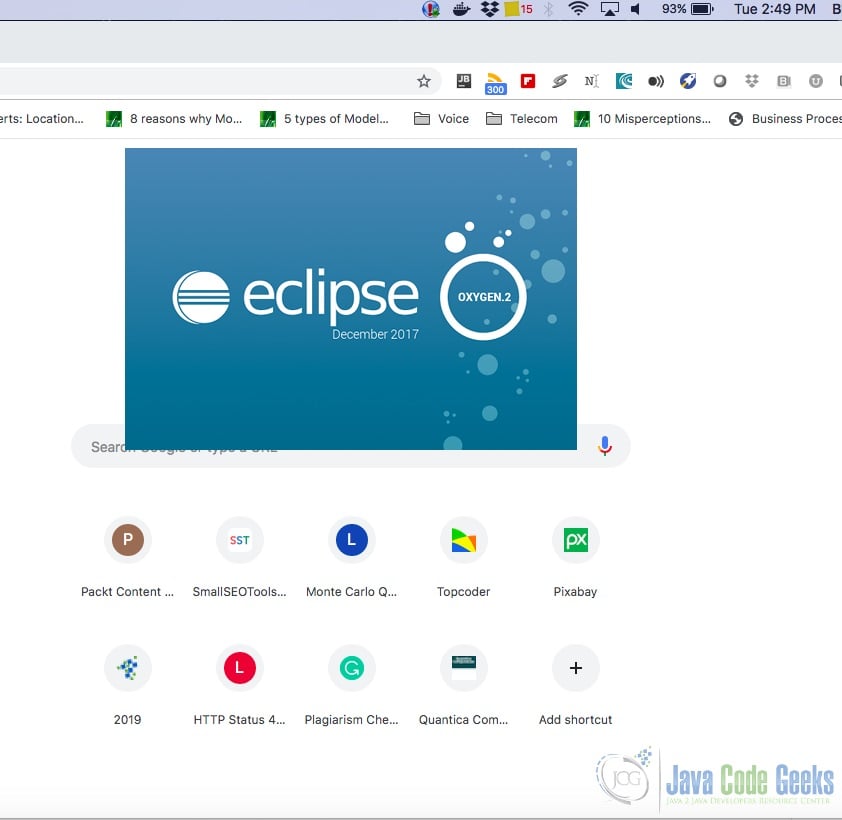
You can select the workspace from the screen which pops up. The attached image shows how it can be selected.

You can see the eclipse workbench on the screen. The attached screen shot shows the Eclipse project screen.
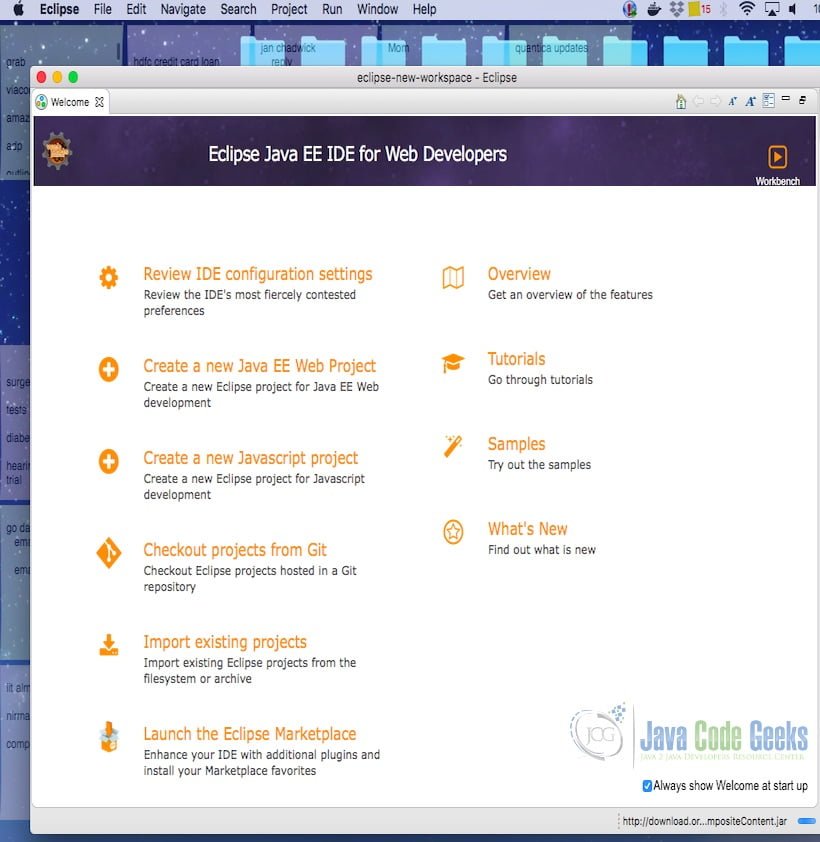
Java Hello World class prints the greetings. The screenshot below is added to show the class and execution on eclipse.
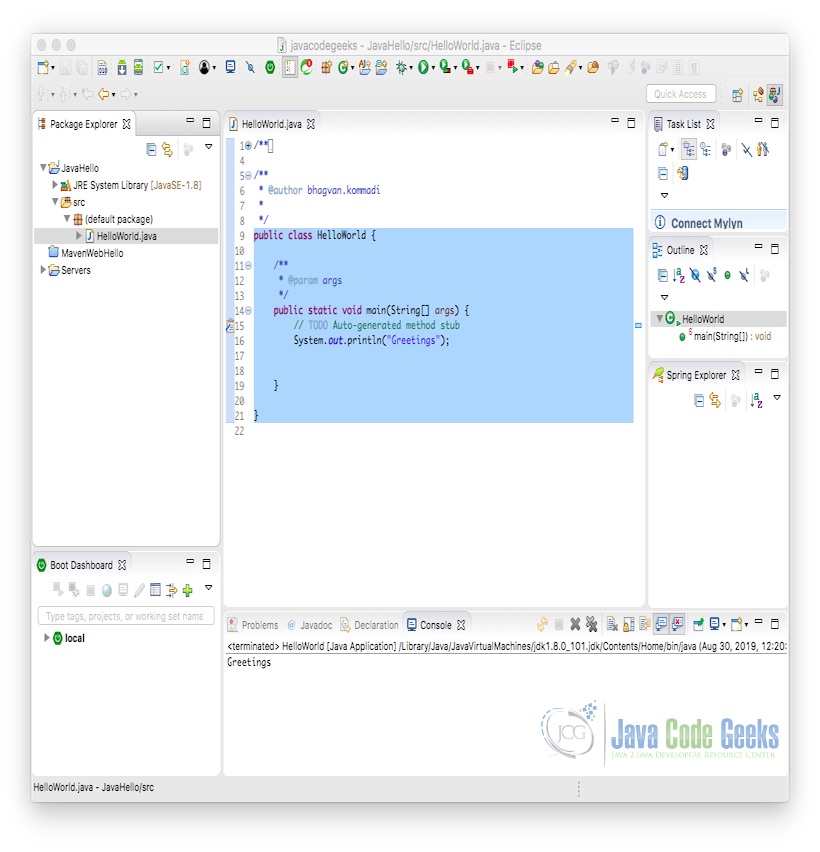
2.5.2 Eclipse for Javascript
You can create a JavaScript project from the menu and name the project as shown in the screen shot below:
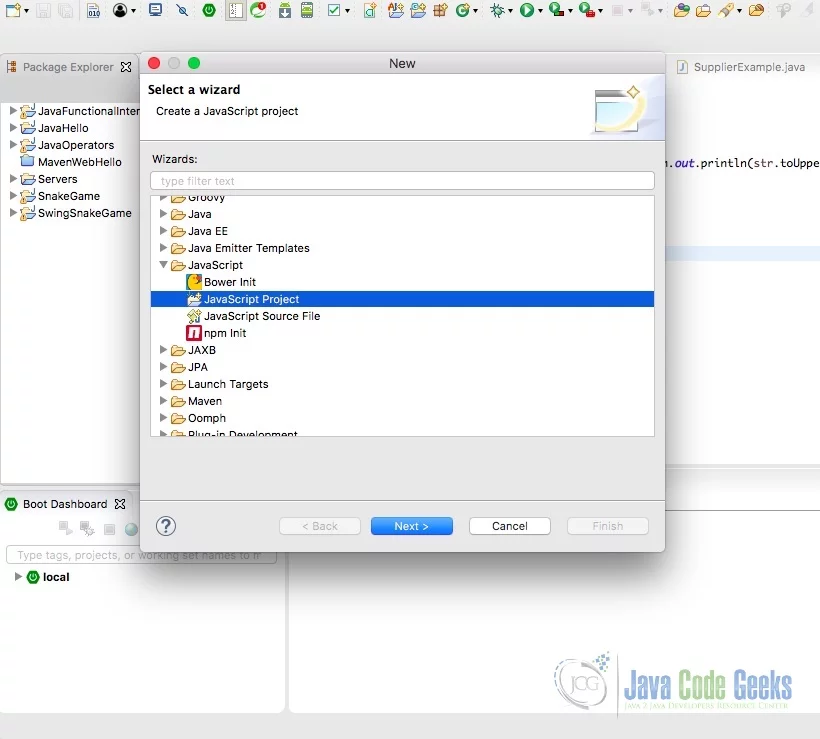
JavaScript (Node.js) hello program is executed in the IDE. The output “Greetings” is shown in the screenshot below.
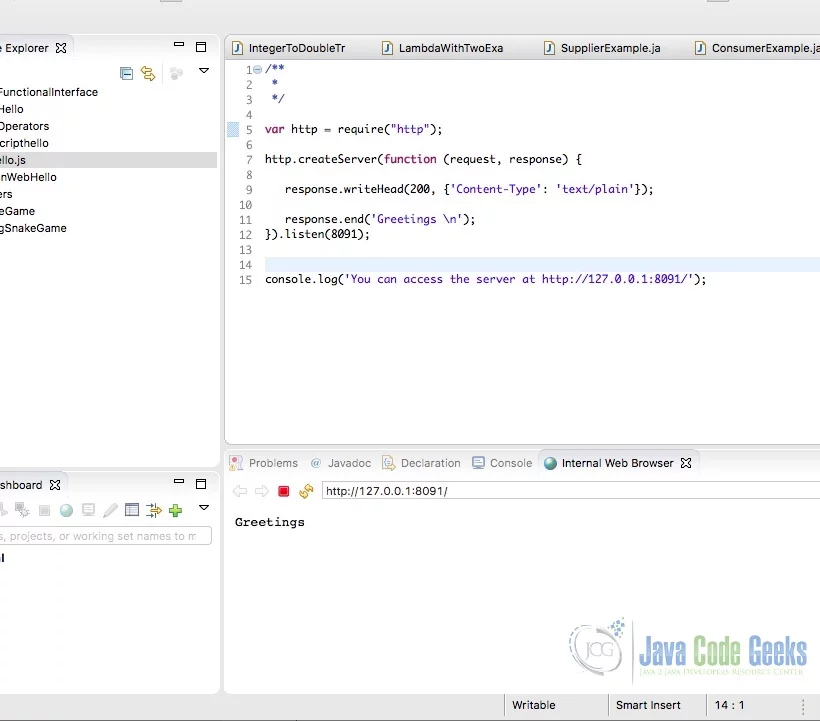
2.6 History of Java and Javascript
Java was created by James Gosling in 1991 at Sun Microsystems. The key difference in java compared to other languages is the bytecode. Bytecode can be run by the java virtual machine on a specific operating system. Oak project which created java had a goal to create a virtual machine and a language that is simple to use. Write Once and Run Anywhere was the java marketing slogan. Java 2 version had Java Enterprise and Java Mobile editions. Java community process was created to develop java specifications from the industry and academia.
JavaScript was invented and developed by Brendan Eich in 1995 at Netscape. This language was inspired by Java, Scheme, and Self. Sun and Microsoft started creating their own web-based products using javascript. Netscape created Mocha which evolved to javascript. Mocha was an application platform that can work with the LiveWire application server. Javascript was used on the client and server-side. Douglas Crockford came up with JSON which is a subset of Javascript syntax. Many languages like VBScript, Silverlight, Typescript have competed with javascript.
2.7 In which projects do we need java?
Java is used in projects which are based on object-oriented and modular design principles. Ecommerce, Mobile, and enterprise software projects need java. There are software games developed in java that are popular in the market. Java is used for developing a microservices-based architectural system. It is used for service-oriented architectural systems.
2.8 In which projects do we need JavaScript?
Javascript is used in projects which are related to interactive websites and mobile applications. Javascript frameworks like angular, node.js, react.js, and vue.js are popular candidates for web and mobile applications.
2.9 Major similarities
Java and JavaScript have these similarities:
Braces {and} are usedas code block delimiterssemicolon ;is used to end statements- a
Mathlibrary exists if,do...whileloop syntax is the same- return statements are used for sharing the output
- objected oriented programming features are available
- Both are used for developing the front end applications.
2.10 Major differences
Differences: Java vs Javascript
- In javascript, the developer can use unshift to add an item to the start of an array. In java, this feature is not available.
- Java has primitive types and javascript does not have types
- In javascript, numbers can be converted to strings easily. In java, the conversion is not simple.
- Java String .length()is a method but in javascript, .length is a property
- In java, instance variables can be created for a class. In javascript, global and local variables can be created.
Let us look at different areas such as memory management, exception handling, multiple inheritances, threads, portability, types, libraries, documentation, Runtime errors, and programming paradigms where Java and javascript differ.
2.10.1 Memory Management
Java language has features related to memory management and it is a memory-safe language. Garbage collection is a feature that helps in collecting the resources which are free and released. Java developers cannot go beyond the allocated memory. In java, when the memory is consumed beyond the allocation, it throws an error. JavaScript requires lesser memory compared to java. This is used extensively for client-side scripting in web pages.
2.10.2 Exceptional Handling
In Java, exception handling is possible by using try, catch, and finally blocks.Java Exception Handling
Exceptional Handling -Java
public class ExceptionExample{
public static void main(String args[]) throws Exception{
try{
int result=36/0;
System.out.println(" the result is "+result);
}
catch(ArithmeticException exception)
{
System.out.println(exception);
throw new Exception("division by zero");
}
finally
{
System.out.println("finally block is executed at the end");}
System.out.println("code below is used for next steps");
}
}
JavaScript has try, catch, throw, and finally blocks to handle exception handling.
Exceptional Handling-Javascript
console.log("entering try-catch statement");
try {
console.log("entering try block");
throw "thrown message";
console.log("this message is never seen");
}
catch (e) {
console.log("entering catch block");
console.log(e);
console.log("leaving catch block");
}
finally {
console.log("entering and leaving the finally block");
}
console.log("leaving try-catch statement");
2.10.3 Multiple Inheritance
Let us take an example to see how it is handled in Java and JavaScript. A truck is a vehicle and a machine.

Java does not support multiple inheritances. Each class can extend only one class but is able to implement more than one interface. The sample code shows below Truck class implementing interfaces Machine and Vehicle.
Multiple Inheritance-Java
interface Machine
{
int distanceTravelled=100;
public int getDistance();
}
interface Vehicle
{
int velocity=50;
public int getVelocity();
}
public class Truck implements Machine, Vehicle
{
int time;
int velocity;
int distanceTravelled;
public Truck(int velocity, int time)
{
this.velocity = velocity;
this.time = time;
}
public int getDistance()
{
distanceTravelled= velocity*time;
System.out.println("Total Distance is : "+distanceTravelled);
return distanceTravelled;
}
public int getVelocity()
{
int velocity=distanceTravelled/time;
System.out.println("Velocity is : "+ velocity);
return velocity;
}
public static void main(String args[])
{
Truck truck = new Truck(50,2);
truck.getDistance();
truck.getVelocity();
}
}
JavaScript supports multiple inheritances using inheritsMultipleObjects function. The below example shows how Truck can inherit the functions getDistance and getVelocity from Vehicle and Machine respectively.
Multiple Inheritance-JavaScript
function inheritsMultipleObjects(baseObject, superObjects) {
return new Proxy(
baseObject,
{
get(target, key, rec) {
if (Reflect.ownKeys(target).includes(key)) {
return Reflect.get(target, key);
}
const parent = superObjects.find(
_parent => Reflect.has(_parent, key)
);
if (parent !== undefined) {
return Reflect.get(parent, key);
}
return undefined;
},
has(target, key) {
if (Reflect.ownKeys(target).includes(key)) {
return true;
}
const parentHasKey = superObjects.some(
_parent => Reflect.has(_parent, key)
);
if (parentHasKey) {
return true;
}
return false;
}
}
);
}
class Vehicle {
getDistance() {
return 100;
}
}
class Machine {
getVelocity() {
return 50;
}
}
class Truck {}
const _truck = new Truck();
const truck = inheritsMultipleObjects(
_truck,
[Truck.prototype,Vehicle.prototype, Machine.prototype]
);
console.log(truck.getDistance());
console.log(truck.getVelocity());
console.log(truck.constructor);
2.10.4 Threads
Java has built-in classes to create threads. To create a new thread, a class has to extend a Thread class and the run method has to be overridden.
Threads-Java
public class NewThread extends Thread
{
public void run()
{
System.out.println("Thread running now");
}
public static void main(String args[])
{
NewThread newThread =new NewThread();
newThread.start();
}
}
Java provides another way to create Threads. A class that implements Runnable can be instantiated and passed as a parameter to the Thread class. Sample code is provided below:
ThreadObject-Runnable
public class ThreadObject implements Runnable
{
public void run()
{
System.out.println("ThreadObject running");
}
public static void main(String args[])
{
ThreadObject threadObject =new ThreadObject();
Thread thread =new Thread(threadObject);
thread.start();
}
}
JavaScript has event-based mechanisms to handle concurrency. Node.js is a single-threaded language. It uses more than one thread to execute code asynchronously in the background. Let us look at the forking the thread example in the code below:
Forking the Thread
const { fork } = require('child_process');
var express = require('express');
var app = express();
app.get('/endpoint', (request, response) => {
const process = fork('./mail.js');
const mail_messages = request.body.emails;
process.send({ mail_messages });
process.on('sendmail', (message) => {
log.info(` mail count ${message.counter}`);
});
return response.json({ status: true, sent: true });
});
The code below shows how sendMultiplemails is executed asynchronously.
Sending the Email
async function sendMultipleMails(mails) {
let sendMails = 0;
// code for sending multiple mails
return sendMails;
}
process.on('sendmail', async (message) => {
const countOfMailsSent = await sendMultipleMails(message.mails);
process.send({ counter: countOfMailsSent });
});
2.10.5 Portability
Java language is interpreted by the Java interpreter on the computer independent of the operating system. Java programs are executed as byte code on the java virtual machine. The java code is in the programs with extension .java.
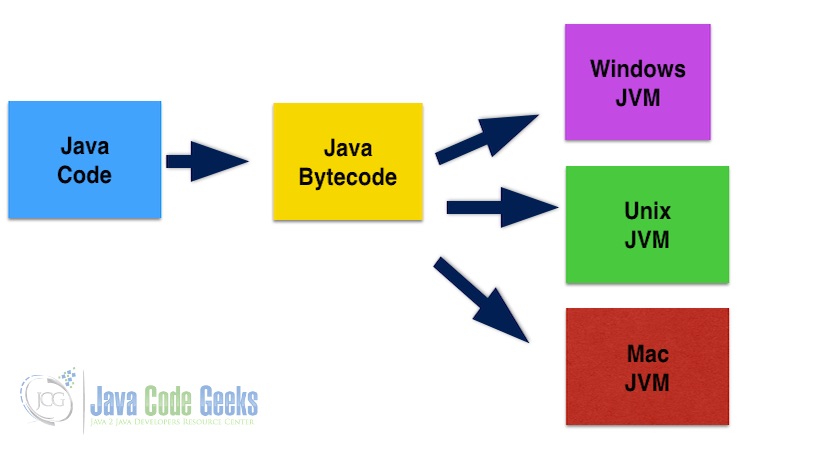
JavaScript is used in HTML pages for client-side scripting which is executed on the browser. Node.js-based server-side scripts are executed by the Version 8 (ECMAScript) JavaScript engine on the specific operating system. The code is written in files with extension .js.
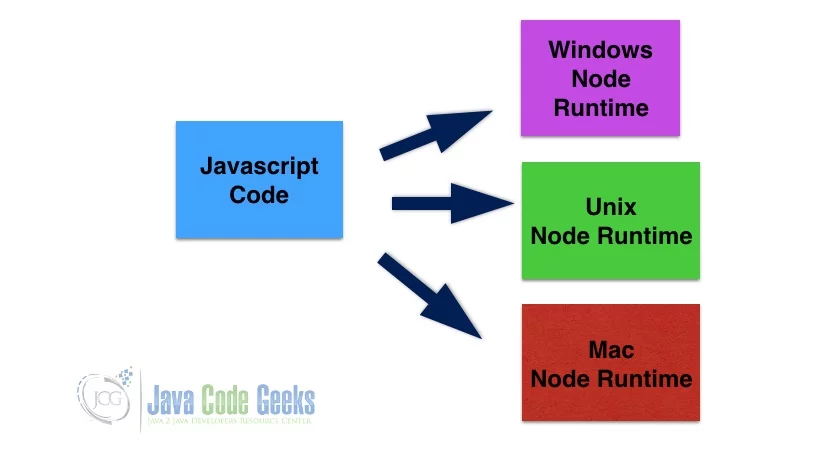
2.10.6 Types
Java is a statically typed language. Java language has primitive and objects types. Java has features related to autoboxing which converts the types automatically. The java.lang.Object class is the base class for all the classes and Java follows the single root chain of command.
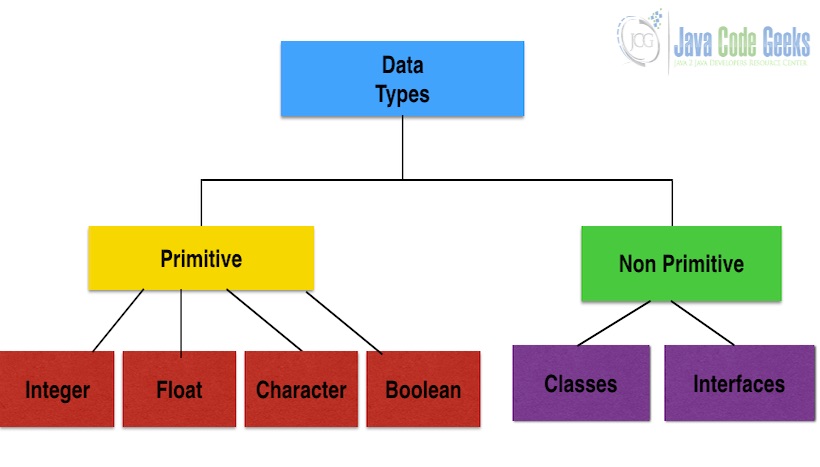
JavaScript is a dynamically typed language. During the compilation time, variables are declared using var keyword. The types are handled dynamically when checked for equality or any other operators.
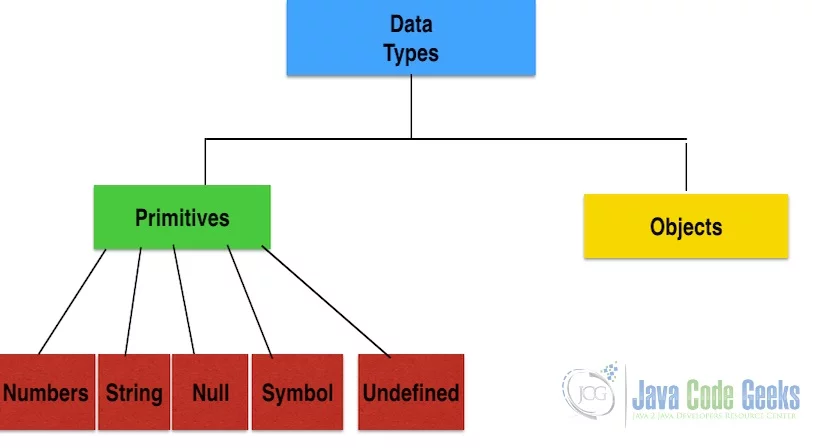
2.10.7 Libraries
Java packages help in packaging classes. Package scope is another feature in Java language. Java archives help in grouping the package of classes for execution and installation purposes.

JavaScript modules and packages consist of JavaScript files in node.js and client-side web archives.
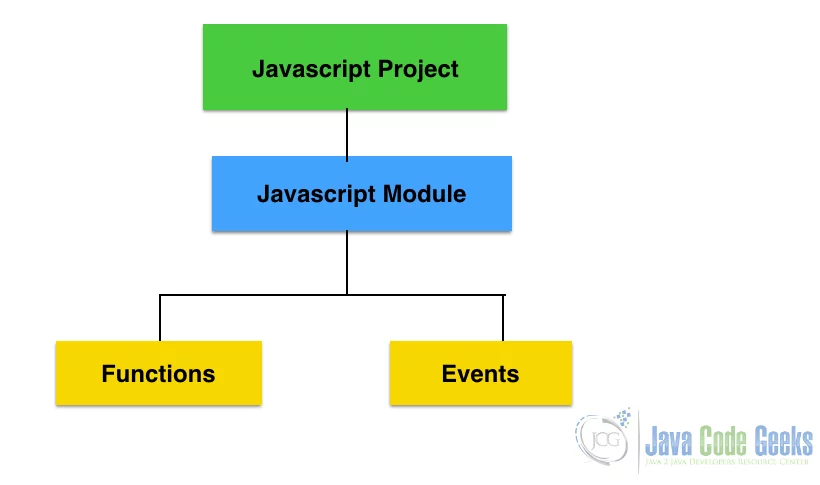
2.10.8 Runtime Errors
In java, runtime errors are presented by the compiler and the interpreter.
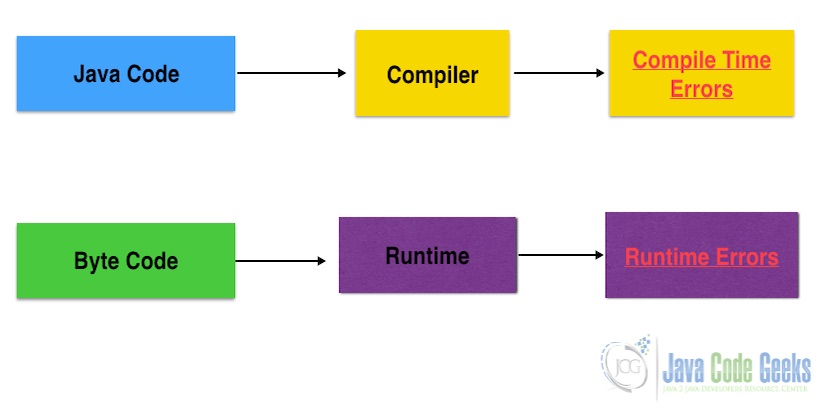
JavaScript is a dynamically typed language and hence can handle any type of data. Null pointer exceptions do not happen in JavaScript. Runtime errors happen when the code is run using the runtime (node.js) or in the browser.

2.10.9 Documentation
Java has a feature to support comments which can be used for documentation generator. JavaScript also has support for comments which can be used for documentation generation.
2.10.10 Mobile & Web & Desktop
Java language can be used for mobile, web and desktop application development. Java is supported by Android. JavaScript is used to build HTML5 (web) and hybrid mobile apps in Android, IOS and other mobile operating systems.
2.10.11 Programming Paradigm
Java is an object-oriented, class and concurrent programming language. Java is currently supporting functional programming features from version 8. JavaScript is a multi-paradigm language supporting object-oriented, procedural and functional paradigms.
3. Conclusion
Overall, Java has great benefits over JavaScript. The comparison table below captures the differences between Java and JavaScript.
Comparison Table
| Feature | Java | JavaScript |
| Memory Management | Garbage collection is a feature in Java. Pointers are not there in Java. Java programs consume more memory | JavaScript requires less memory. It is extensively used in web pages |
| Inheritance | Interfaces can be used for multiple inheritance. Single Inheritance is supported in Java. | JavaScript supports multiple inheritance using inheritsMultipleObjects function |
| Threads | Java has class Thread and interface Runnable to use threads. | JavaScript (Node.js) is a single-threaded language that forks a thread to run multiple threads asynchronously. |
| Portability | Java byte code is platform dependent. | JavaScript is platform-independent. The run-time (node runtime) is platform dependent. |
| Access Control | Encapsulation helps in access control of the class variables and properties in java. | JavaScript has object properties to provide access control of the variables. |
| Types | A single root chain of command pattern is used in Java. | JavaScript is a weakly typed language. |
| Libraries | Java archives are used for building java libraries. | JavaScript (Node.js) has modules and packages. |
| Runtime error | Runtime errors are detected in compilation and execution stages in Java | JavaScript run-time errors are detected during the execution stages. |
| Performance | Java performance is slower compared to JavaScript. | JavaScript performance is faster compared to java as interpreters run the JavaScript code themselves. |
4. Download the Source Code
You can download the full source code of this example here: Javascript vs Java:The Most Important Differences


